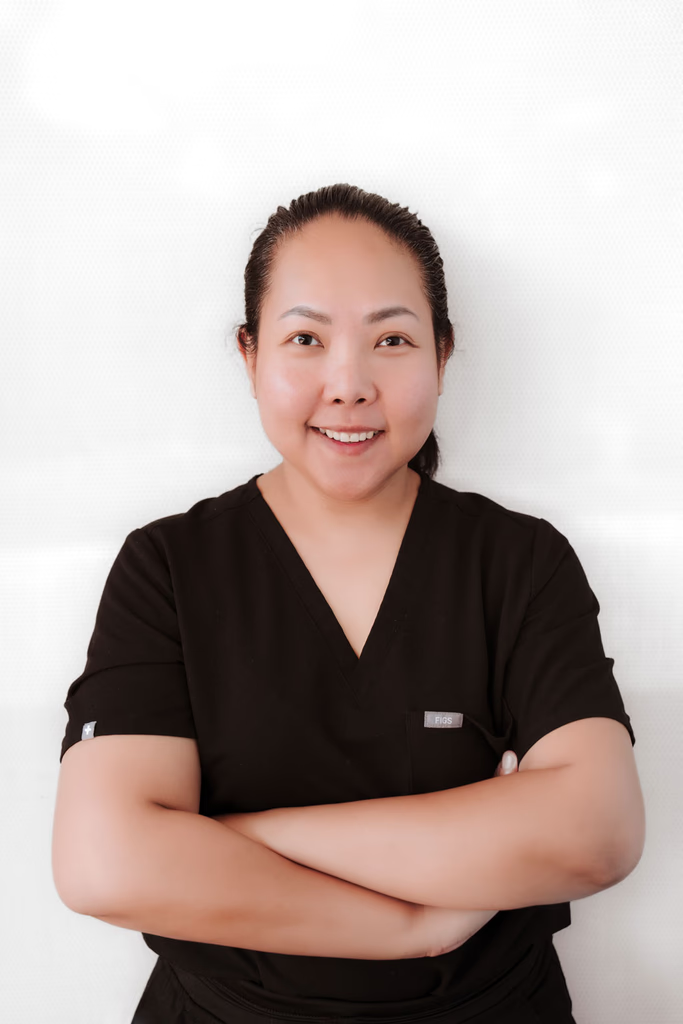We know you haven't felt good in a long time,
Maybe it's time for a change?
Our Clinic treats Lyme Disease, POTS, MCAS, Mold Toxicity Fibromyalgia, And Many Other Diseases
Book an appointment



Dr. Cremanaru is a licensed Naturopathic Doctor who takes a holistic, individualized approach to care. Trained in acupuncture, botanical medicine, orthomolecular therapy, and lifestyle counseling, he focuses on uncovering root causes to support lasting wellness. With special interests in stress, hormones, immunity, and mental health, Dr. Cremanaru brings both personal experience and professional dedication to his practice. He speaks Romanian and is licensed by the College of Naturopaths of Ontario.
Read more
Nick is a staff member that manages bookings, prospective patients, and guides our patients in understanding how our clinic treats. He studied an undergraduate degree in Health Sciences at Brock University and shortly after joined the Family Naturopathic Clinic Health Care team. He handles our patients questions delicately, and takes time gets along with all personalities compassionately. Nick is not licensed and does not give Medical or Naturopathic Consultations.
Read more
Somatic Experiencing helps us understand our nervous system state (fight, flight, freeze) and how it stores stress (or trauma) in the body. I work with clients to resolve patterns in their lives, gain more resilience, heal from traumatic events, or work on long-standing issues such as depression or anxiety.
Read more
Originally trained in traditional Thai massage at WATPO in Bangkok, Suparat brings over a decade of global spa experience and advanced massage therapy training in Canada. She blends Eastern and Western techniques to treat tension, pain, and stress with a focus on myofascial release and trigger point therapy.
Read morePatient intake, explain how your illness has affected your life, the doctor will listen, take vitals, and record findings

Laboratory Testing and Diagnostic Screening

Check up to check for healing improvements and stay on track





The only part of the body that has no blood supply is the cornea of the eye. It receives oxygen directly from the air.The human brain has a memory capacity which is the equivalent of more than four terabytes on a hard drive.A newborn child can breathe and swallow at the same time for up to seven months.Your skull is made up of 29 different bones.Nerve impulses sent from the brain move at a speed of 274 km/h.A single human brain generates more electrical impulses in a day than all the telephones of the world combined.The average human body contains enough Sulphur to kill all the fleas on the average dog, enough carbon to make 900 pencils, enough potassium to fire a toy cannon, enough fat to make seven bars of soap and enough water to fill a 50-litre barrel.
Read full article
Chaga (Inonotus obliquus) is a distinctive mushroom known for its health benefits and unique appearance. The word itself, tschaga, is of Russian origin, borrowed from northeastern dialect called Komi and it simply means “mushroom”. Chaga grows primarily on birch trees in cold climates, such as Siberia, northern Europe, and parts of North America. Chaga has a hard, black, crusty exterior that resembles burnt charcoal, while its inner core is a soft, orange-brown color.
Read full articleFrequently Asked Questions

Naturopathic services are not covered by OHIP, but many private extended health insurance plans do offer partial or full coverage for visits to licensed naturopathic doctors (NDs). Coverage varies by insurer and plan, so patients should check their specific benefits.

Naturopathic doctors treat a wide range of acute and chronic conditions, including:
- Digestive issues (IBS, bloating, food intolerances)
- Hormonal imbalances (PMS, thyroid, menopause, PCOS)
- Fatigue, sleep issues, and stress
- Skin conditions (acne, eczema)
- Allergies and immune support
- Cardiometabolic health (cholesterol, blood pressure, diabetes)
Naturopaths also focus on prevention and optimizing overall wellness.

The initial visit is typically 45-60 minutes and includes:
- A full health history and lifestyle assessment
- Review of current symptoms, medications, and lab work
- Discussion of health goals
- A preliminary personalized treatment plan, which may include diet, -supplements, herbal medicine, and lifestyle changes
- Lab testing or follow-up visits may be recommended as needed.

Yes. In Ontario, naturopathic doctors are regulated under the College of Naturopaths of Ontario (CONO). They must:
- Complete a minimum 7–8 years of post-secondary education
- Pass rigorous licensing exams
- Maintain continuing education and standards of practice
- Only those registered with CONO may use the title "Naturopathic Doctor" or "ND".

-Yes, licensed naturopathic doctors in Ontario can order standard lab tests (e.g., blood work, hormone panels, food sensitivity testing) either directly or via third-party labs.
-NDs do not prescribe pharmaceutical medications unless they have obtained prescribing authority certification (additional training regulated by CONO). With this certification, they can prescribe certain restricted substances like bioidentical hormones, desiccated thyroid, or injectable B12.
Practical, Natural Wellness Advice Delivered Monthly
